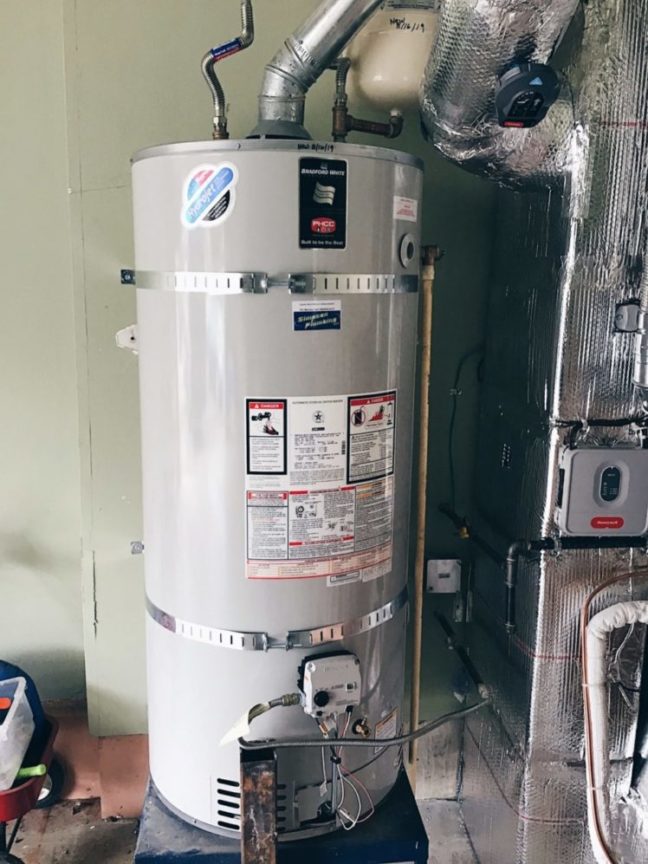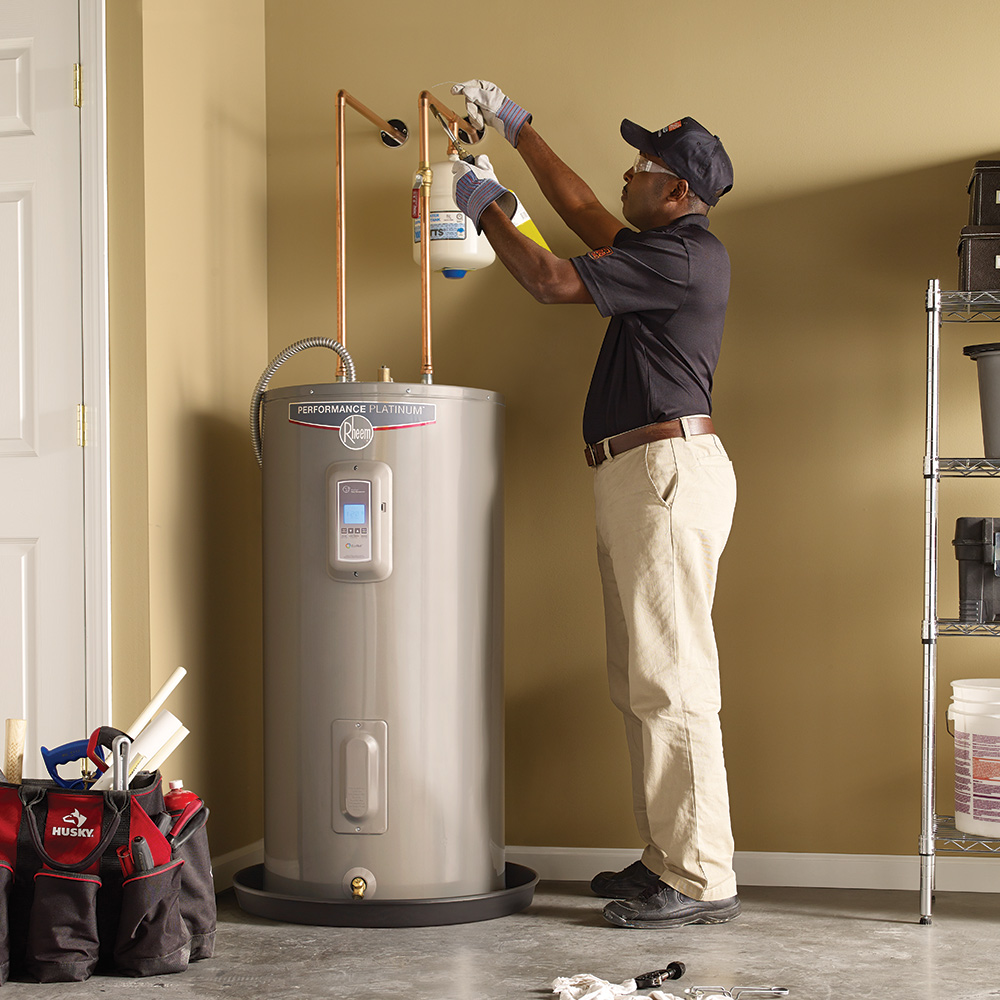Gas Leak Repair by Certified Technicians for Maximum Safety at Home
Gas Leak Repair by Certified Technicians for Maximum Safety at Home
Blog Article
Complete Overview to Water Heating UnitInstallation and Substitute
Understanding the ins and outs of water heating unit installment and substitute is crucial for house owners seeking to guarantee effectiveness and dependability in their hot water supply. From selecting the appropriate type and dimension to executing a smooth installment procedure, a number of aspects need to be thought about to prevent typical mistakes.
Types of Hot Water Heater
When considering water heater installation and substitute, it is vital to comprehend the different kinds of water heating systems offered in the marketplace. One of the most usual kinds consist of storage tank water heating units, tankless water heating units, heatpump water heating systems, and solar hot water heater.
Container hot water heater are conventional systems that keep a certain quantity of warm water, making them conveniently available when needed. They are usually less costly in advance yet might incur higher energy expenses over time because of warm loss. On the other hand, tankless hot water heater offer hot water on need, getting rid of the requirement for storage. They are energy effective and can save area, yet their preliminary prices are commonly higher.
Heatpump hot water heater use power to transfer heat from the air or ground to warm water, supplying significant energy cost savings yet requiring more area and specific setup problems. Lastly, solar water heating systems harness solar energy to warm water, offering an environment-friendly alternative with prospective long-term price savings, although they usually need a backup system for cloudy days.
Comprehending these choices guarantees notified decisions concerning installation and replacement, dealing with certain requirements and preferences.
Choosing the Right Dimension
Choosing the proper dimension for a hot water heater is vital to guarantee optimal performance and performance. An unit that is also little will battle to satisfy home needs, causing inconsistent warm water accessibility and increased power consumption. Alternatively, a large water heater can cause unnecessary energy waste and greater utility expenses.
To establish the ideal dimension, think about the household's height hot water use. This can be calculated based upon the variety of passengers and their typical hot water demands. For instance, a family members of four might need a water heating system with a capability of 50 to 80 gallons, relying on the usage patterns, such as synchronised showers and laundry.
Additionally, examine the recovery price, which measures how swiftly a heating unit can replenish warm water after it has actually been utilized. For tankless models, emphasis on the flow price, gauged in gallons per minute (GPM), to guarantee it satisfies the household's synchronised demand.

Setup Refine Summary

Following, the old system should be disconnected and removed, making sure to adhere to neighborhood codes and laws pertaining to disposal. When the old system is out, the new hot water heater can be placed in position. This step entails attaching the water system lines, guaranteeing that all fittings are safe and secure and leak-free.
After developing water links, it's necessary to attach the power supply, whether electrical or gas, adhering to the supplier's guidelines meticulously. As soon as all connections are made, the system ought to be filled up with water, and the power can be turned back on. Lastly, it is essential to look for leakages and guarantee the hot water heater is working appropriately before completing the installment process.
Usual Setup Errors

One more frequent blunder is overlooking to comply with neighborhood codes and laws. Stopping working to stick to these gas leak repair criteria can not only lead to safety dangers yet may likewise result in expensive penalties or the need for expensive reinstallation.
Failing to secure connections or making use of the incorrect kind of fittings can lead to leaks and water damages. By preventing these typical installation blunders, house owners can ensure their water heating system runs safely and successfully, making best use of efficiency and durability.
Maintenance Tips for Long Life
Correct upkeep of a hot water heater is necessary for its durability and optimal performance. Normal examinations and maintenance can avoid costly fixings and prolong the appliance's life-span. Begin by inspecting the temperature setting; it must usually be set in between 120 ° F and 140 ° F you could try these out for optimal power efficiency and security.
Every six months, purge the container to eliminate debris accumulation, which can impair heating performance and trigger corrosion. To do this, shut off the heater, connect a hose pipe to the drain shutoff, and allow the water run until it is clear.
Anode rods ought to be inspected annually and changed when they are worn away. These rods assist prevent container deterioration by drawing in harsh aspects in the water.
Furthermore, examine the pressure safety valve frequently to ensure it is functioning properly. This valve is important for stopping too much pressure build-up within the storage tank.
Last but not least, consider arranging an expert upkeep check every few years for comprehensive evaluations and servicing. By sticking to these maintenance pointers, home owners can considerably enhance the effectiveness, security, and lifespan of their water heating units, making certain trusted warm water for years ahead.
Final Thought
In final thought, proper installment and upkeep of water heating systems are vital for making sure performance and long life. By recognizing these necessary aspects, homeowners can achieve a reputable hot water supply while reducing potential issues related to water heating system operation.
Comprehending the complexities of water heating system installment and replacement is important for house owners seeking to ensure performance and integrity in their warm water supply.Tank water heating units are typical systems that store a specific volume of hot water, making them readily offered when needed. In comparison, tankless water heating systems supply warm water on need, removing the demand for storage space. Selecting a water heating unit that is either also small or too big can lead to ineffectiveness, resulting in poor warm water supply or excessive energy consumption.
By recognizing these important elements, house owners can attain a reputable hot water supply while lessening possible concerns connected to water heating system procedure. gas leak repair.
Report this page